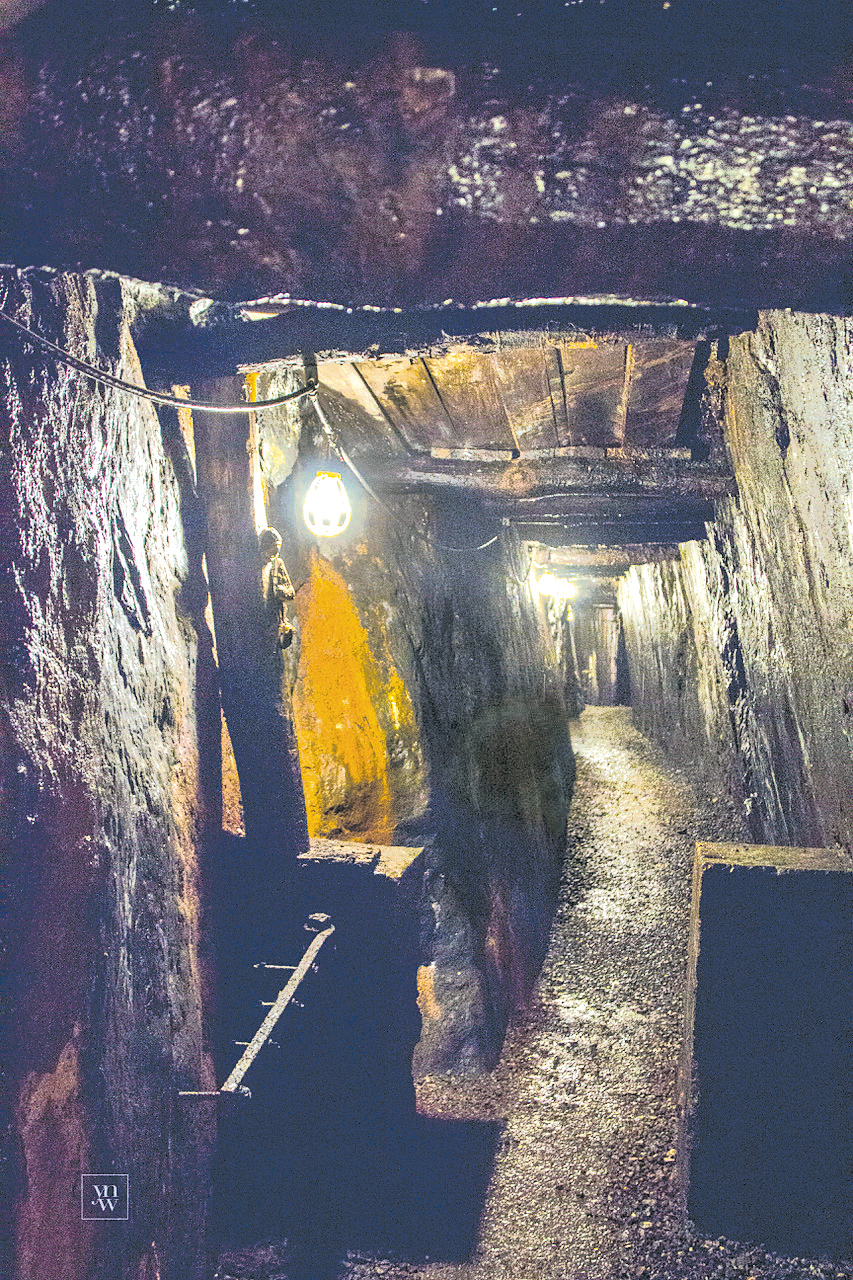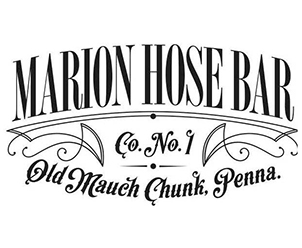By Yvonne Wright • The Current Contributing Writer
Some of my regular readers may be somewhat surprised at this month’s unexpected departure from my usually art related topics in favor of a different kind of aesthetics, born out of organic sedimentary rocks of the highest quality – the anthracite coal. Sometimes also called ‘hard coal’ or ‘black diamond’, its natural stark, primal beauty has been historically intertwined with social conditions and environmental consequences that led to anthracite’s rise and subsequent decline over recent decades as a source of fuel. Principally valued for its “high energy density” and low impurities, anthracite has historically supplied half of the world’s navies, steel mills, power plants and domestic furnaces with an efficient source of heat that leaves little soot. However, commercially quarried coal in the United States has been declining steadily in favor of oil and natural gas options, with current production at about 5 million tons per year.
So, why this sudden interest in coal? I was inspired, deeply touched and sincerely motivated to give the industry and the people who worked it a voice, after visiting the grounds of the historic Nº 9 Mine and Museum in Lansford, PA, as part of a fundraising event Underground & After Hours Mixer organized in an effort to preserve, protect and enhance this part of Carbon County’s history. A worthy cause sponsored by the Jim Thorpe Tourism Agency, the Carbon Chamber & Economic Development Corp., Pocono Mountain Visitors Bureau, and Lansford Alive.
The underground tour of the mine compelled me to write something about the dangerous conditions involved in extracting the deep underground deposits of coal-bearing rocks, often at the price of lives lost. The Nº 9 Mine operated continuously between 1855 and 1972, imprinting heavily on the community that supported it. The raw beauty of nature intertwined with the hardships of labor makes a powerful impression on visitors today. The dimly lit underground reveals claustrophobically narrow shafts and perpetually water-dripping tunnels covered in moist coal dust, punctuated with rusty pipes, abandoned machinery and rail tracks that lead to nowhere, because some levels of the mine are flooded. It all seems to ooze an apocalyptic anguish.
When taking a tour, active and/or retired miners will be your guides, happily providing a wealth of information on 160 years of coal mining history, experienced at first by small hamlets of English, Welsh, Irish and German communities, and later joined in the communal misery by Polish, Slovak, Ukrainian, Hungarian, Italian, Russian, Jewish and Lithuanian immigrants. Carbon County’s proud heritage also includes the tragic trials and executions of Molly Maguires in 1878, an underground movement galvanized by the struggle between organized labor demanding better working conditions in the anthracite regions, and powerful syndicate forces that controlled the Pennsylvania coal industry at the time.
The transformative legacy of anthracite is stubbornly refusing to erase the memories and testimonies etched onto its darkly gleaming matrix. The importance of preserving collective memories through local heritage, such as the Nº 9 Mine in Lansford, cannot be overstated. The lives of the men, women and children whose hardships were instrumental in bringing forth the American Industrial Revolution, also helped to bring prosperity and betterment to the generations that followed.
The newly recognized efficiency of anthracite as a fuel and the discovery of large deposits near Summit Hill, followed by the founding of the Lehigh Coal Mine Company (1792), had become instrumental in revolutionizing the manufacture of metal, and transforming water into steam. Major railroad companies, such as the Lehigh Coal & Navigation Company (1818) and Lehigh Valley Railroad (1855) came to dominate the anthracite mining industry in order to control both the production and shipping aspects. By the turn of the 20th century “American industry superseded its European counterparts economically.”
Under lush forestry, Pennsylvania’s picturesque hills and valleys still hide coalfields of shimmering ‘black diamond’ with an estimated reserve of seven billion tons! In some regions, Anthracite production still continues, contributing up to 1% of the gross state product. It is estimated that over the past 200 years approximately 10 billion tons of coal had been dug up from northeastern parts of Pennsylvania, one quarter of all the coal ever mined in the United States.
The transformative beauty of anthracite has cast its long and ubiquitous shadow over Pennsylvania’s history, its landscape, the environment and the people that live here – forever ingrained with and indebted to its dominion.
Yvonne Wright is the owner of STUDIO YNW at 100 West Broadway in Jim Thorpe.
She can be reached at studio.ynw@gmail.com



























Add Comment